How to Craft a Scene
So, you want to craft a scene? When done right, a scene can enhance your story and your characters. Scenes help the reader understand the complexity of your world, helping your fans feel the depth of your story.
Yet despite the importance of this, many writers spend little time on the scene and more time on the story. While the story creates your book, we can't forget about the scene. Think of the scene like your kitchen and the story your house. You obviously need the house to have a home and to have a kitchen, but I doubt you'd feel the house would be complete if you didn't have a place to cook your food.
Now that you have a clear view of the importance of your scene, let's figure out how to craft it.
First things first, what is the purpose of your scene? Why are your characters here? Scenes can both advance a plot and reveal a character. Does your scene do either of these things? If not, how else does your scene benefit your story and/or characters?
Purpose is pivotal for your scene. There needs to be a reason for readers to continue forward. This goes hand-in-hand with leaving out all the unnecessary information or boring stuff in a story. Do we really need to read about the character going to the bathroom? What about talking with his mom? These COULD be important to the story if there was a purpose to either, but if they lead nowhere, why include them?
Purpose is a tough one, and I would argue the most essential to your scene. I go more in detail with it in a blog post here.
Once you have your purpose, think about character change. Every scene should advance the story; every decision made or action decided must propel the story forward. One way you can do this is by thinking about character change.
Character change means your character must change in some way in the scene. This helps create advancement and purpose for your scene. Even if these changes are minor, if they move the story forward, then you’re doing it correctly.
Need more help with character change? Jeff Elkins goes into detail on how to do that.
Once you have your purpose and character change, determine your point of view. I sometimes see authors jump between different perspectives in a single scene. While this isn't wrong, it can get really confusing really fast if not established correctly. I would argue that it's best to keep it in a single POV during the duration of your scene because the last thing we want to do is confuse the reader. Even in mysteries where the reader is constantly asking questions, the reader shouldn’t be confused. Because confusion leads to frustration. Worst of all, if the reader becomes too frustrated, they may not finish your book.
If you’re having trouble with POV, consider what Joe Bunting says about point of view. Bunting explains the reason why point of view is so important and how it filters everything in your story. Meaning if you mess up, your entire story is damaged.
After you’ve mastered your POV, consider injecting texture and sensory details. While some writers stuff too many details into one scene, many writers tend to underwrite details. After you have your characters and your purpose, sensory information is valuable. Too much detail is boring, but too little and readers may not understand what’s going on.
As readers, we want to experience what the characters experience. Did a character burn toast in the story? I want to smell it through the words. Is the sky bright blue? I want to feel the sun’s heat, see just how bright the sky is. There are so many ways to bring in sensory detail, and as long as you don’t overburden your reader with too much, sensory detail, in my humble opinion, is awesome.
Scenes are vital to the success of your story and shouldn’t be thrown together at the last minute. They deserve as much consideration as your characters because without the scene, your characters are floating in nothingness with little motive to do much else. With these techniques in practice, you will create a well-rounded story every time.
If you like to learn more about writing techniques, check out the Mechanics of Subplots.
Elizabeth Suggs is the owner and founder of Editing Mee. When she’s not writing or editing, she loves to dive deep into books (the weirder, the better!), and she loves to take random long walks to unplanned destinations.



